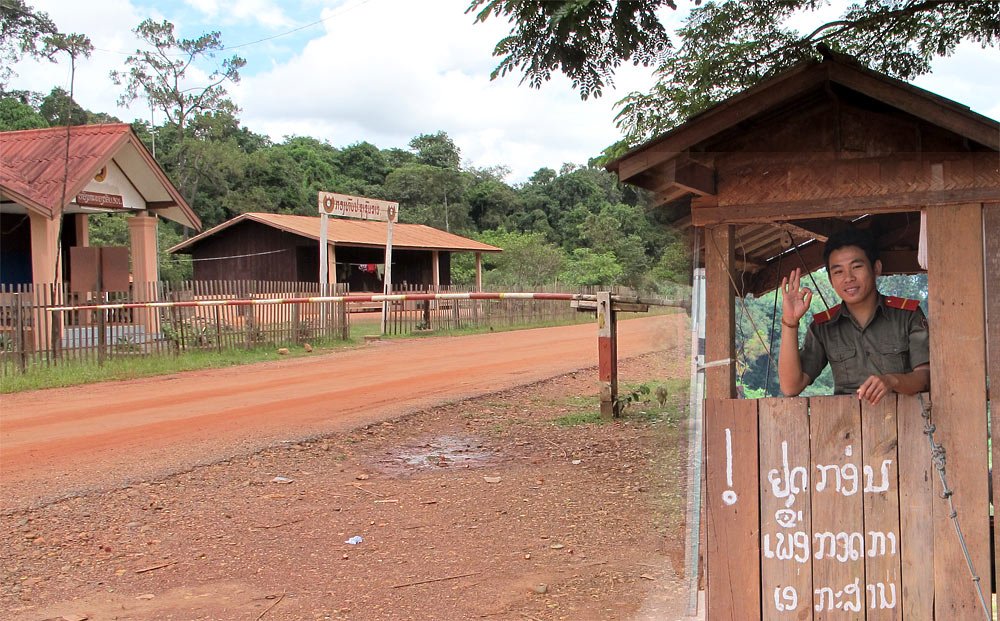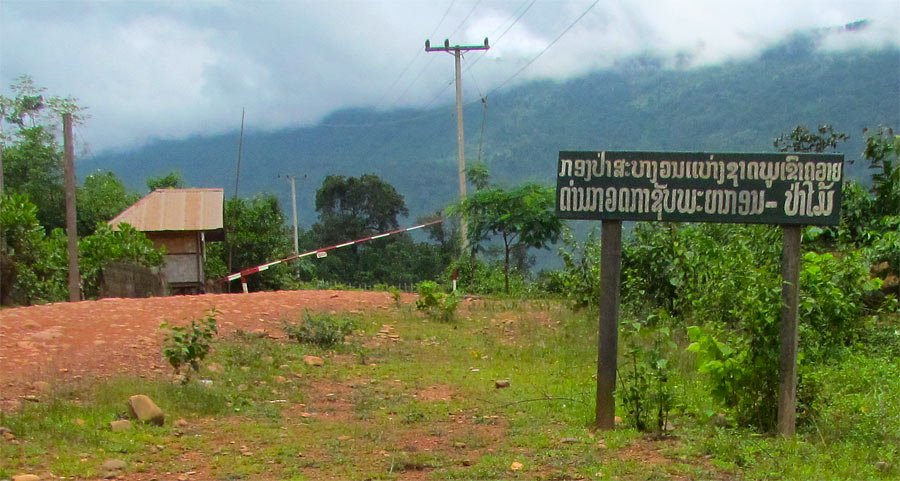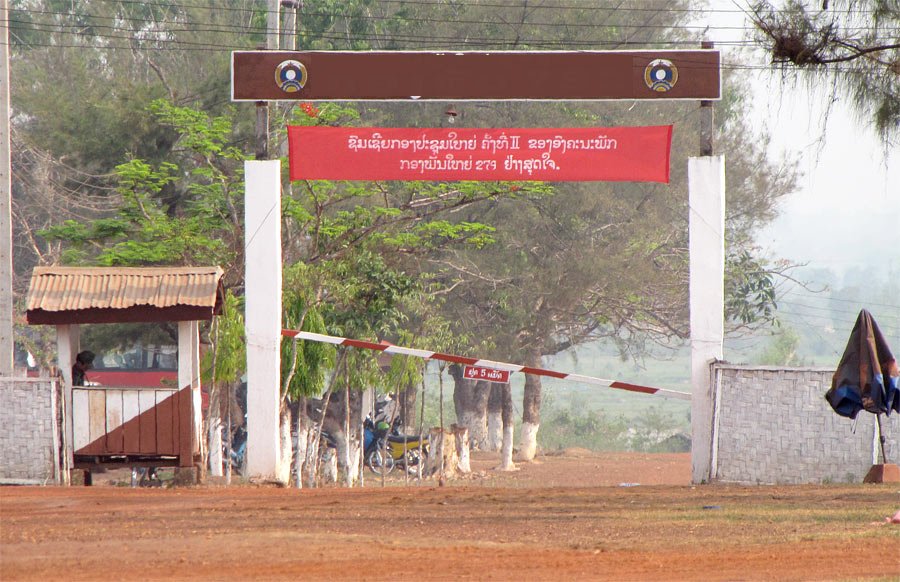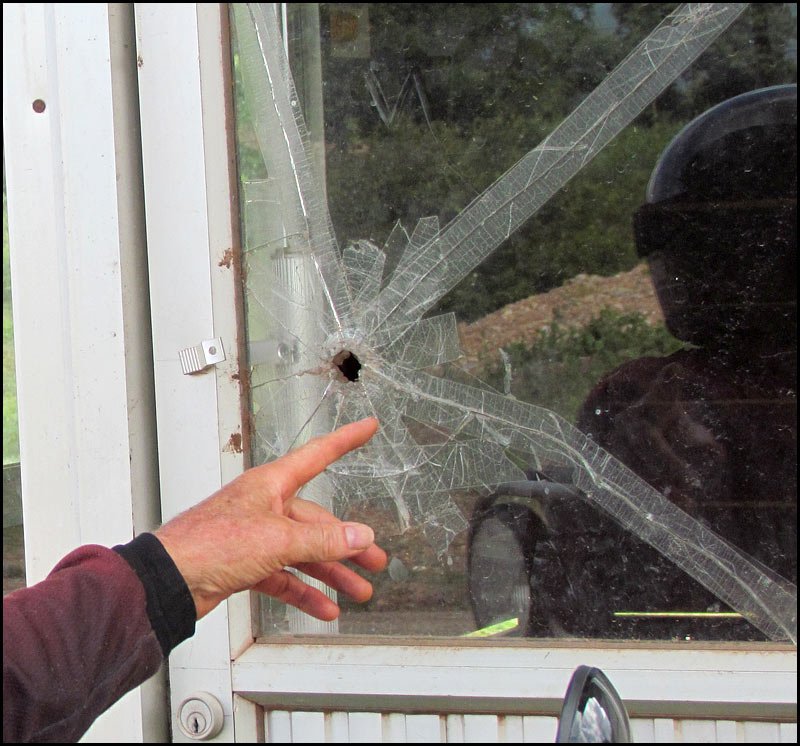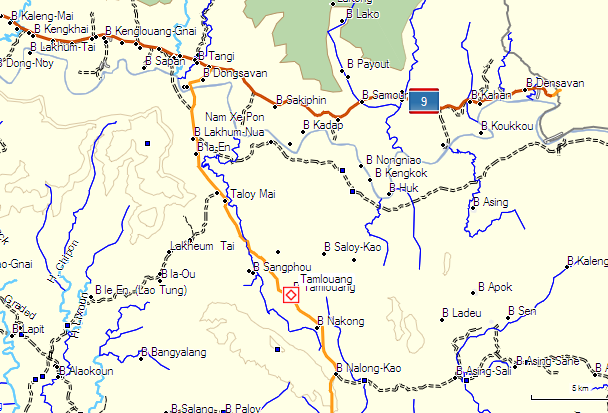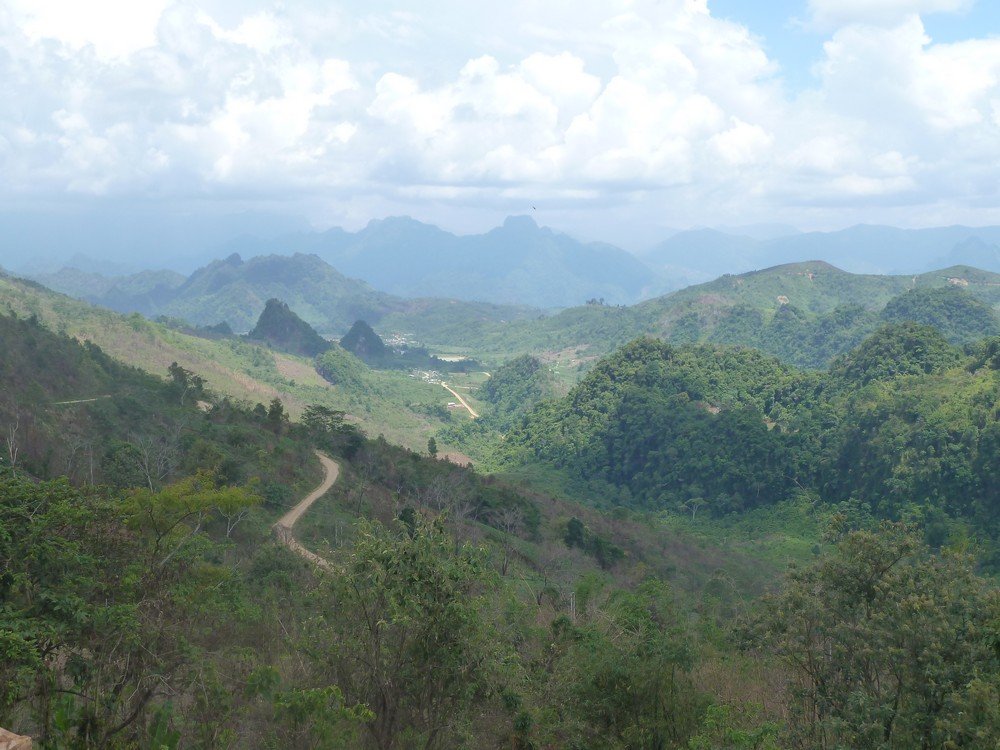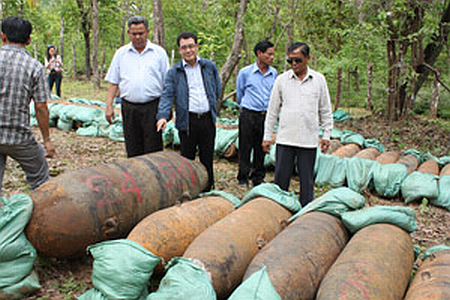KTMphil
Senior member
Restricted areas in Laos
There are a number of no-go/ restricted areas in Laos, sneaking into these areas can get you into a whole load of trouble.
1. Long Chen (Tieng) Lima site 20A - CIA base during the Vietnam war
Co-ordinates: 19.10 N 102.93E
Long Tieng (also spelled Long Chieng, Long Cheng, or Long Chen) is a Laotian military base located in Xiangkhouang Province.[2] During the Laotian Civil War, it served as a town and airbase operated by the Central Intelligence Agency of the United States.[3] During this time, it was also referred to as Lima Site 98 (LS 98) or Lima Site 20A (LS 20A).
At the height of its significance in the late 1960s, the "secret city" of Long Tieng maintained a population of 40,000 inhabitants, making it the second largest city in Laos at the time,[4] although it never appeared on maps throughout this period.
Full text here:
http://en.wikipedia.org/wiki/Long_Tieng
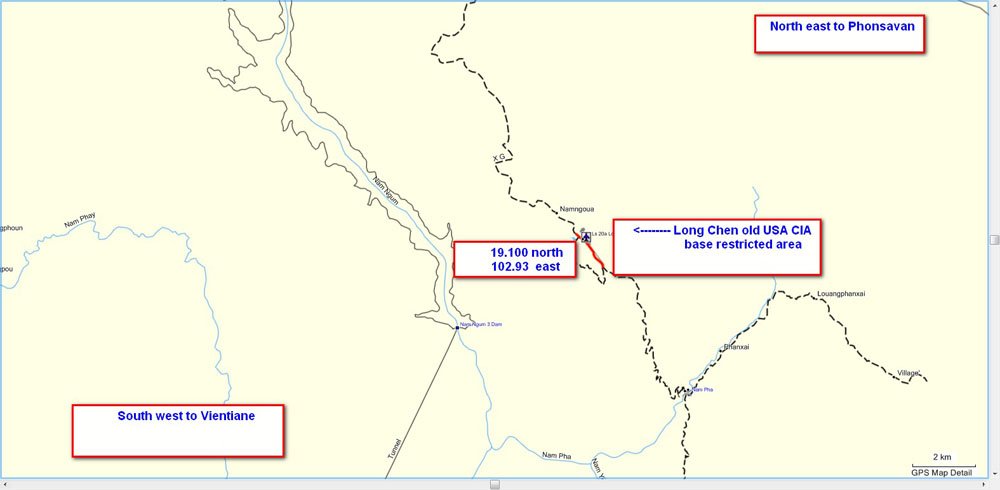
Map copyright: GT Mapper
Long Chen airstrip

2. Lima site 85 - USA military radar installation during the Vietnam war
Co-ordinates: 20.43 N 103.72E
The Battle of Lima Site 85, also called Battle of Phou Pha Thi, was a battle of the Vietnam War that resulted in the largest single ground combat loss of United States Air Force members in that war.[2] The site was located atop Phou Pha Thi; a mountain in Viengxay District, Houaphanh Province, Laos, 15 miles (24 km) from the border of the Democratic Republic of Vietnam (DRV or North Vietnam) and 30 miles (48 km) from Sam Neua, capital of the Pathet Lao.
Full text here:
http://en.wikipedia.org/wiki/Battle_of_Lima_Site_85
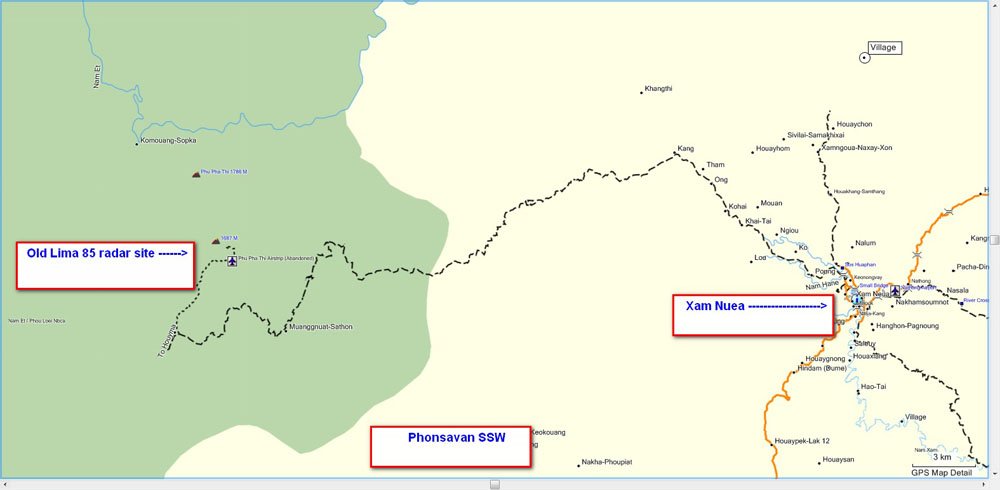
Map copyright: GT Mapper
Lima 85 radar site

3. Xaysambourne
Co-ordinates: 19N 103.25 E
Lone Rider did get stopped here 3 weeks ago and was asked for copies of their passports
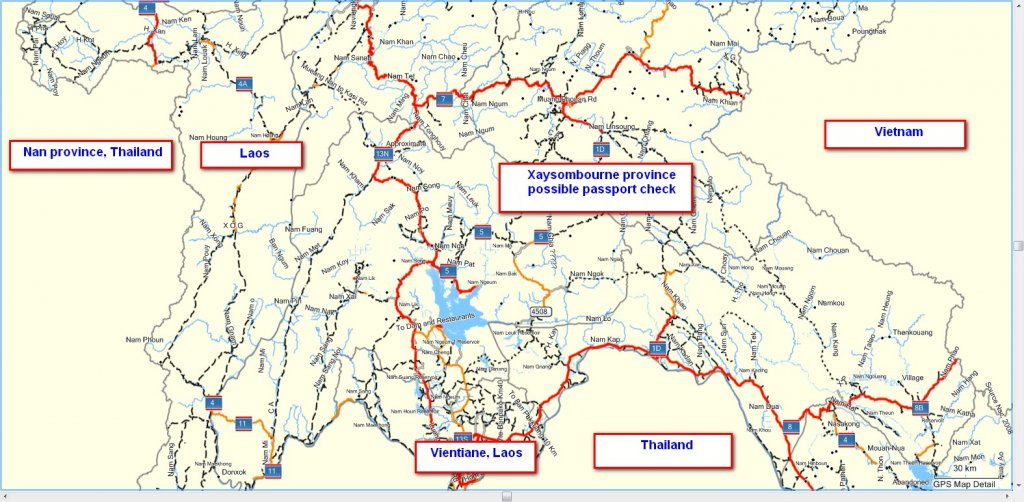
Map copyright: GT Mapper
There are a number of no-go/ restricted areas in Laos, sneaking into these areas can get you into a whole load of trouble.
1. Long Chen (Tieng) Lima site 20A - CIA base during the Vietnam war
Co-ordinates: 19.10 N 102.93E
Long Tieng (also spelled Long Chieng, Long Cheng, or Long Chen) is a Laotian military base located in Xiangkhouang Province.[2] During the Laotian Civil War, it served as a town and airbase operated by the Central Intelligence Agency of the United States.[3] During this time, it was also referred to as Lima Site 98 (LS 98) or Lima Site 20A (LS 20A).
At the height of its significance in the late 1960s, the "secret city" of Long Tieng maintained a population of 40,000 inhabitants, making it the second largest city in Laos at the time,[4] although it never appeared on maps throughout this period.
Full text here:
http://en.wikipedia.org/wiki/Long_Tieng

Map copyright: GT Mapper
Long Chen airstrip

2. Lima site 85 - USA military radar installation during the Vietnam war
Co-ordinates: 20.43 N 103.72E
The Battle of Lima Site 85, also called Battle of Phou Pha Thi, was a battle of the Vietnam War that resulted in the largest single ground combat loss of United States Air Force members in that war.[2] The site was located atop Phou Pha Thi; a mountain in Viengxay District, Houaphanh Province, Laos, 15 miles (24 km) from the border of the Democratic Republic of Vietnam (DRV or North Vietnam) and 30 miles (48 km) from Sam Neua, capital of the Pathet Lao.
Full text here:
http://en.wikipedia.org/wiki/Battle_of_Lima_Site_85

Map copyright: GT Mapper
Lima 85 radar site

3. Xaysambourne
Co-ordinates: 19N 103.25 E
Lone Rider did get stopped here 3 weeks ago and was asked for copies of their passports

Map copyright: GT Mapper









